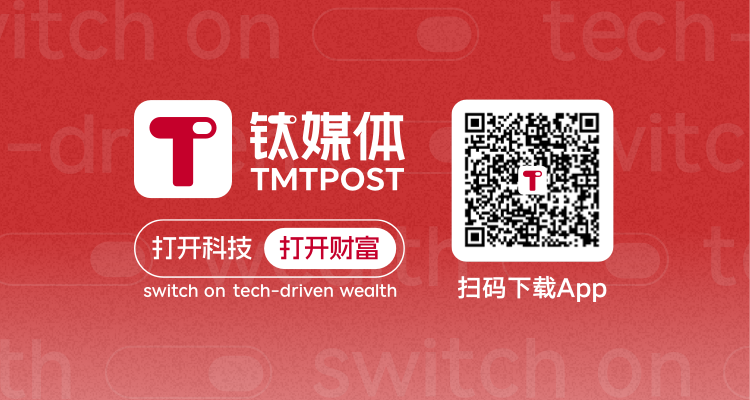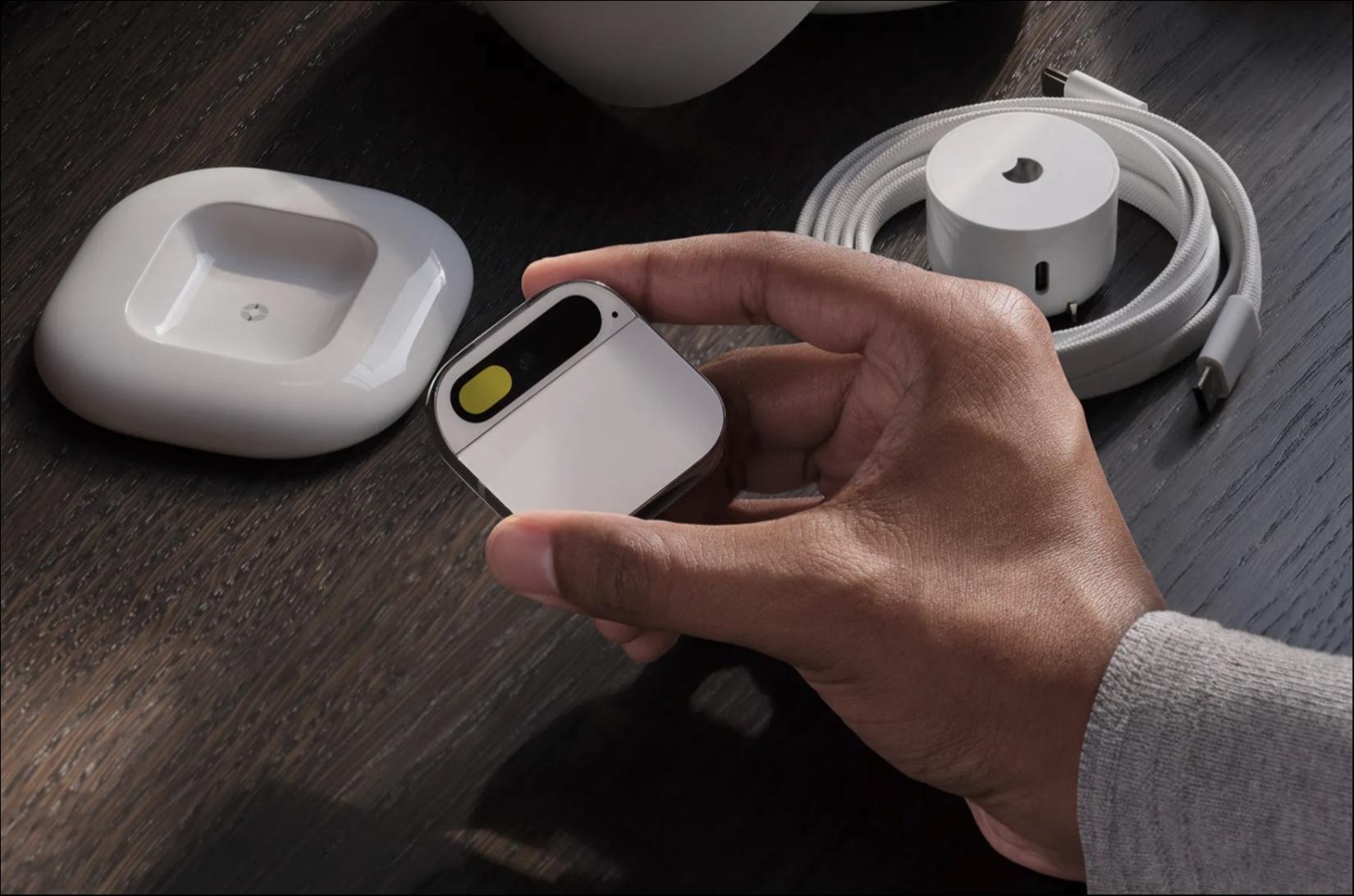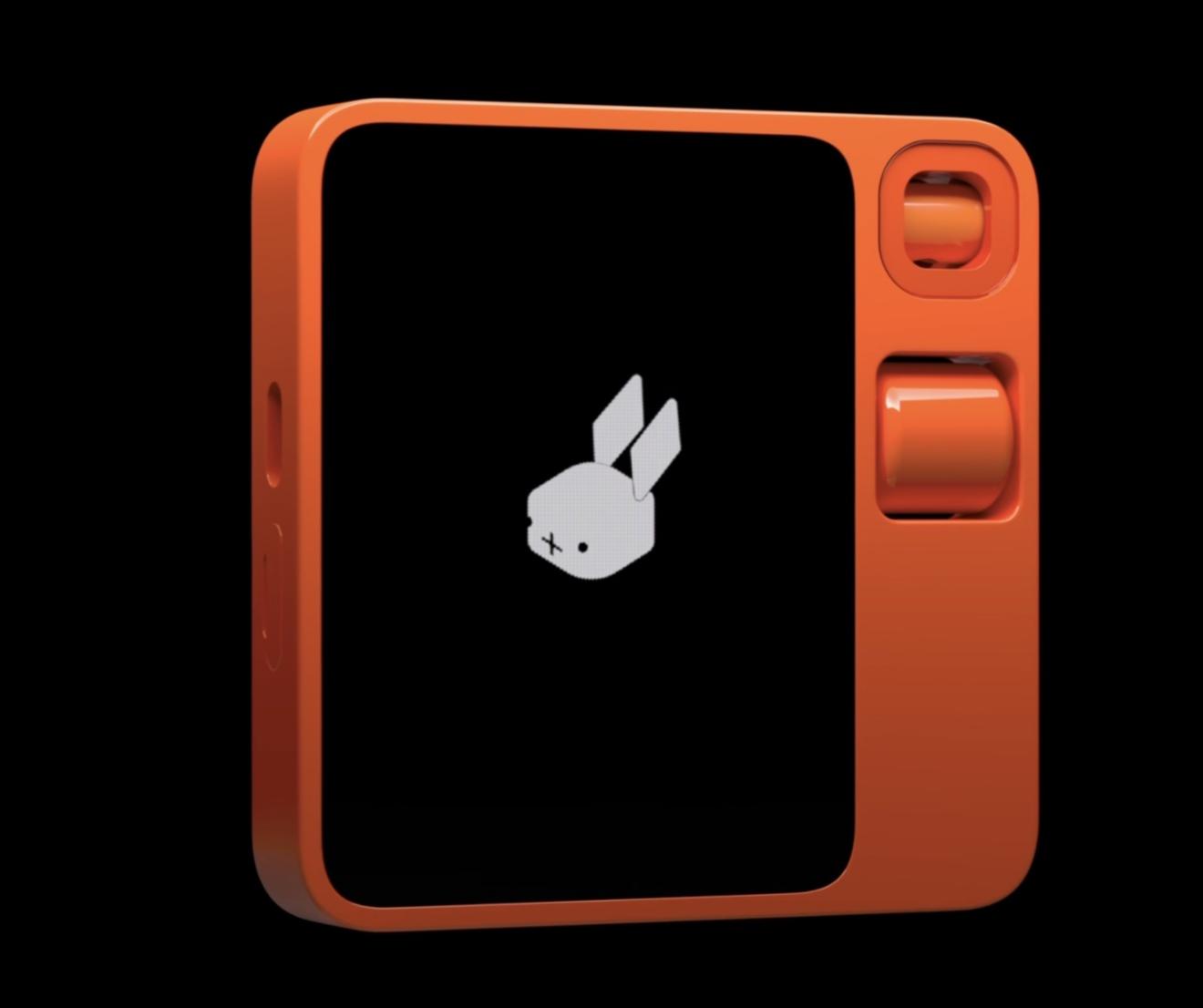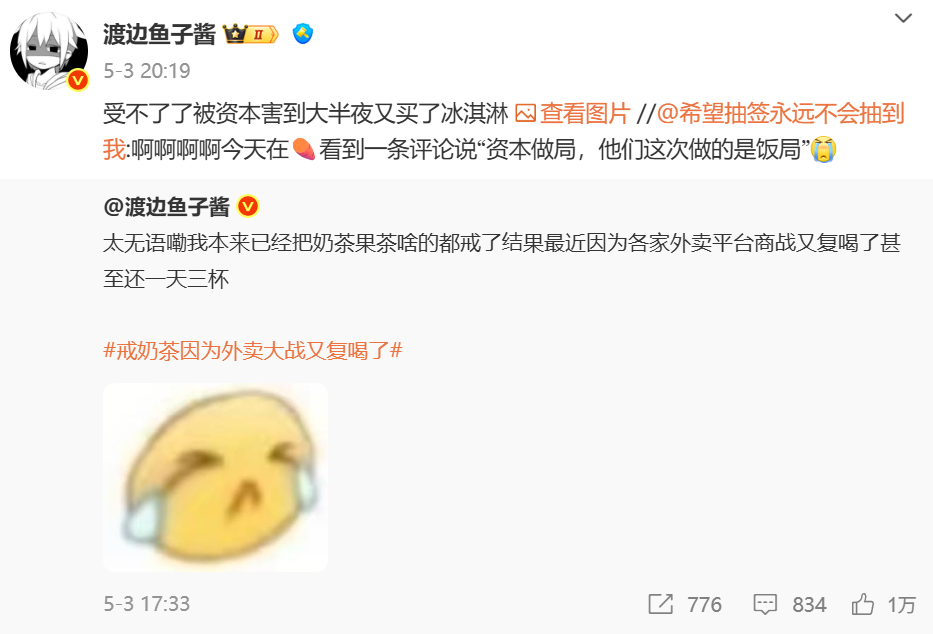
OpenAI CEO Sam Altman posted on social media about efforts to create a new generation of AI computers
TMTPOST -- OpenAI has reportedly entered a strategic partnership with Luxshare Precision, a major player in China’s Apple supply chain, to develop a next-generation AI consumer device, according to The Information.
The collaboration aims to create a portable, context-aware device powered by the large language model behind ChatGPT, with the potential to redefine human-computer interaction beyond smartphones.
Sources familiar with the matter said OpenAI’s first AI device is still in the prototype stage, but its design concept has already generated significant industry attention. The device is expected to be a pocket-sized, portable terminal featuring an advanced context-aware system, fully integrated with the large language model behind ChatGPT, enabling more natural and intuitive human-computer interaction.
Industry observers note that such a device could establish a completely new AI interaction platform beyond smartphones, potentially disrupting the market share of Apple and other consumer electronics manufacturers, and challenging the dominance of traditional hardware.
Poaching Apple’s Talent and Supply Chain: OpenAI Is Serious About Hardware
As a superstar company in the era of large AI models, OpenAI’s ambitions go far beyond software leadership. The key to AI is real-world application, so expanding into hardware has become a necessary move for OpenAI.
It’s worth noting that OpenAI began laying out its hardware strategy months ago and has already invested heavily in this area. Back in May, the company acquired io Products, founded by former Apple design chief Jony Ive, for $6.5 billion (about 46.19 billion RMB). Previously, then-OpenAI CTO Mira Murati hinted to the media: “We are exploring how to break through the limitations of screens with artificial intelligence.” The partnership with Luxshare Precision is clearly a critical step in OpenAI’s hardware strategy.
Moreover, to accelerate product development and avoid unnecessary detours, OpenAI began recruiting a large number of engineers from Apple early on. According to relevant information, by 2025, OpenAI had already recruited more than twenty hardware engineers from Apple—double the number from last year. These individuals previously worked on core areas at Apple, including user interfaces, wearable devices, camera, and audio technologies. Among them are industry heavyweights such as Cyrus Daniel Irani, a pioneer in Siri’s visual interactions, and Erik de Jong, former head of Apple Watch hardware.
To attract top talent, OpenAI has offered highly competitive “transfer packages,” granting new hires over $1 million in stock upon joining, along with a promise of a “small team, fast decision-making” environment that reduces bureaucracy and fosters team collaboration.
Interestingly, some Apple employees have grown frustrated with the company’s current products, which they see as offering only “incremental changes,” as well as with cumbersome internal processes. The lackluster stock performance over the past year has further increased their willingness to leave. As a result, OpenAI has received a large number of unsolicited job applications from Apple staff, many of whom hope to reunite with former Chief Design Officer Jony Ive and hardware veteran Tang Tan to recapture the creative energy of the “iPhone era.”
According to insiders, the current wave of employee departures has triggered alarm within Apple. The company’s supply chain and manufacturing teams had planned a business trip to China in August, but it was canceled at the last minute to prevent key personnel from being away from headquarters for extended periods—thus reducing the risk of being poached by OpenAI.
In addition to directly recruiting some of the best hardware talent, OpenAI is also targeting Apple’s supply chain, such as Luxshare Precision, which is at the center of recent rumors.
In fact, OpenAI’s entry into the hardware sector and its cooperation with Luxshare Precision comes as no surprise. As a leading company in the consumer electronics supply chain, Luxshare Precision is one of Apple’s core contract manufacturers, producing a range of products including the iPhone and AirPods. With the rapid development of AI and XR, Luxshare Precision is also accelerating its own expansion and has already become a major supplier for cutting-edge devices like AI glasses. Previously, Xu Guojun, ABG R&D Director at Luxshare Precision, stated that “AI large models will become infrastructure services, just like electricity.”
Besides Luxshare Precision, OpenAI is also rumored to be in talks with Goertek, which is responsible for assembling various Apple products such as AirPods, HomePod, and Apple Watch, and could supply speaker modules and other components for OpenAI’s future AI devices.
With talent and contract manufacturing already secured, the missing piece is the product itself. Currently, OpenAI’s final AI device has yet to be officially confirmed. Reportedly, the company has considered a variety of AI terminal forms, such as a screenless smart speaker, AI glasses with digital recording capabilities, and wearable pins, among other directions. According to related sources, OpenAI’s first batch of products is expected to be officially released by the end of 2026 or early 2027.
With AI Pin and Rabbit R1 both failing, can OpenAI succeed?
Transforming traditional consumer electronics with artificial intelligence has long been the goal of many tech companies in recent years. With top-tier talent, supply chain resources, AI capabilities, and ample funding, most people believe that OpenAI is bound to revolutionize the entire hardware industry, just as it did with ChatGPT. However, hardware innovation is not as simple as 1+1=2—especially in the AI era, breakthroughs in hardware that ignore users’ fundamental needs will ultimately result in nothing more than self-indulgence.

Back in November 2023, the American tech company Humane launched a so-called “revolutionary” wearable smart device—the AI Pin. With its brand-new human-computer interaction model and integration of the ChatGPT large language model, the device quickly attracted widespread attention online.
As a truly pioneering product, the AI Pin abandoned the long-standing screen-and-touch logic of consumer electronics. Instead, the device is magnetically attached to the user’s clothing and displays information via projection. Users can interact with it through voice commands to make calls, play music, take photos and videos, and more. The device is priced at $699, with an AI subscription fee of $24 per month.

AI Pin, image source: Humane official website
It’s fair to say that before its launch, the AI Pin generated a great deal of anticipation with its “high-concept” product design. However, shortly after shipments began in March 2024, the AI Pin was met with a wave of criticism, and the market quickly delivered Humane the “reality check” it deserved.
According to the latest data, shipments of the AI Pin are around 10,000 units—only one-tenth of Humane’s original target. And according to The Verge, excluding pre-sales and the initial launch month of April, the number of AI Pin returns from May to August 2024 was about 1,000 units. This means that roughly one in ten users chose to return their AI Pin, with the number of returns even surpassing sales during the same period.
Compared to the ambitious, sky-high expectations for the AI Pin, the story of the Rabbit R1 seems more grounded and realistic. Unlike the AI Pin, which uses projection to realize imaginative ideas, the Rabbit R1 takes a more straightforward approach, presenting itself as a practical AI device.
On January 10, 2024, Lu Cheng, former General Manager of Baidu’s smart home hardware division and founder of Raven Tech, launched the Rabbit R1. The Rabbit R1 is about the size of a music player. After linking accounts like Uber and Spotify, users can use voice commands to play music, hail a ride, order food, or plan trips.

Rabbit R1, image source: official website
Powered by large language models, the Rabbit R1 also incorporates visual recognition, enabling it to identify items in the fridge and suggest low-calorie dinner recipes. Leveraging its proprietary Large Action Model (LAM), it can learn and replicate user actions on a PC—simply issue a voice command, and the Rabbit R1 can perform previously executed operations like a robot. Yet, much like the AI Pin, the Rabbit R1 launched with fanfare but quickly lost momentum, ultimately becoming another fleeting experiment in the evolution of AI hardware.
Whether it’s the AI Pin or the Rabbit R1, their first-generation products can largely be considered failures in the AI hardware space. User experience fell short, their capabilities failed to surpass existing smartphones, and there were even suspicions of merely “repackaging” existing technology. Clearly, they did not meet the lofty expectations of “replacing the smartphone.”
IDC Vice President Francisco Jeronimo previously noted that whether consumers need entirely new hardware to use AI remains a contentious question. “Although these ideas have their merits, the reality is that consumers don’t need these devices—they need smartphones.”
Recent leaks suggest OpenAI is attempting its first truly “AI-native” hardware product. If successful, it could disrupt the longstanding dominance of Apple and Samsung in consumer electronics. However, as a challenger, OpenAI faces far steeper hurdles than simply enhancing existing devices.
The fundamental question is whether a new form of AI device can realistically challenge the smartphone’s status as the ultimate “super device.” Even the most promising AI glasses are still 3–5 years from mainstream adoption. Moreover, success in hardware is not just about individual products; it requires cross-device ecosystem integration. On this front, Apple and Google hold a commanding lead—something OpenAI cannot simply overcome with talent acquisition or financial investment.
From another perspective, the consumer electronics market has been relatively stagnant for some time. Regardless of whether OpenAI can overcome the so-called “hardware curse,” its efforts are likely to inject new energy into the industry and serve as a wake-up call for established players, urging them to move beyond incremental improvements.
Reports indicate that OpenAI’s first batch of AI devices could enter trial production as early as the first quarter of 2026, with an official launch expected by late 2026 or early 2027. Whether this venture will emerge as a breakthrough or another misstep by a pioneering company remains to be seen.
更多精彩内容,关注钛媒体微信号 (ID:taimeiti),或者下载钛媒体 App




























